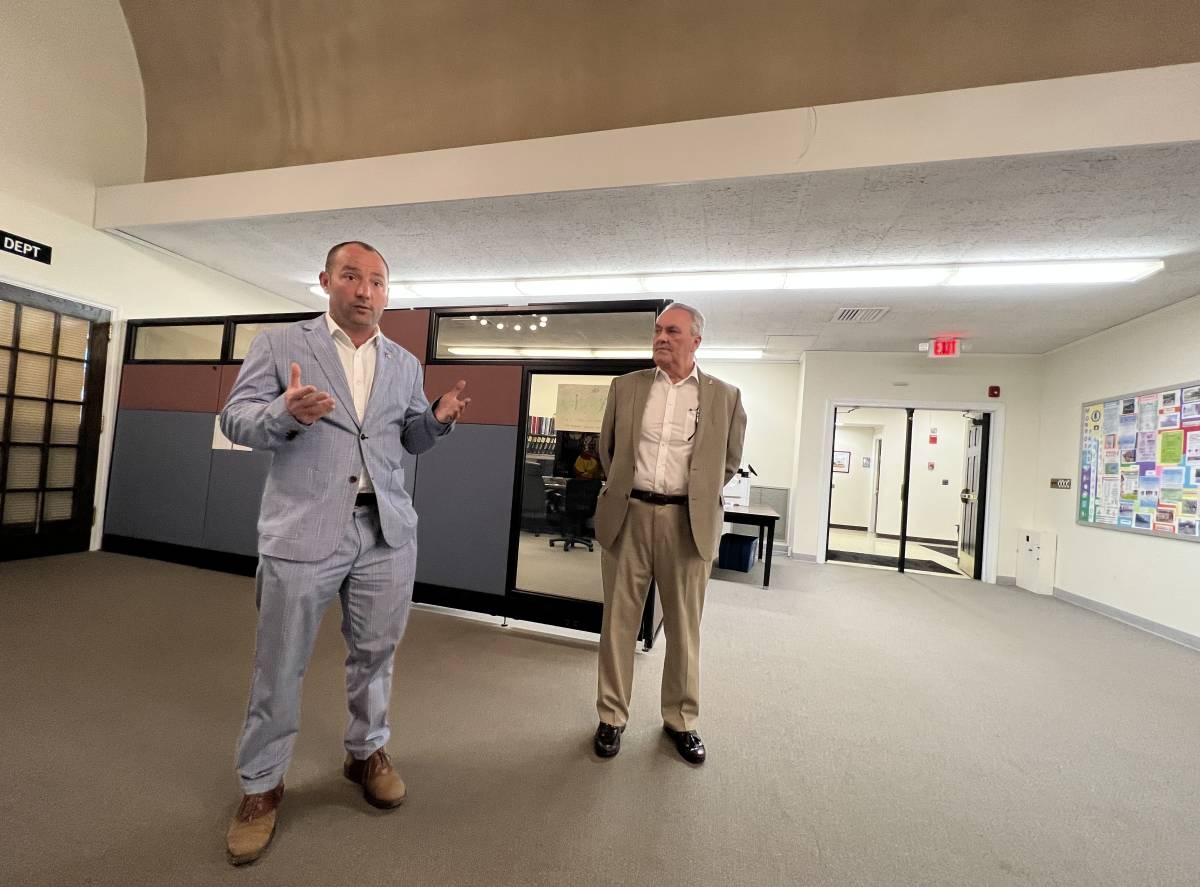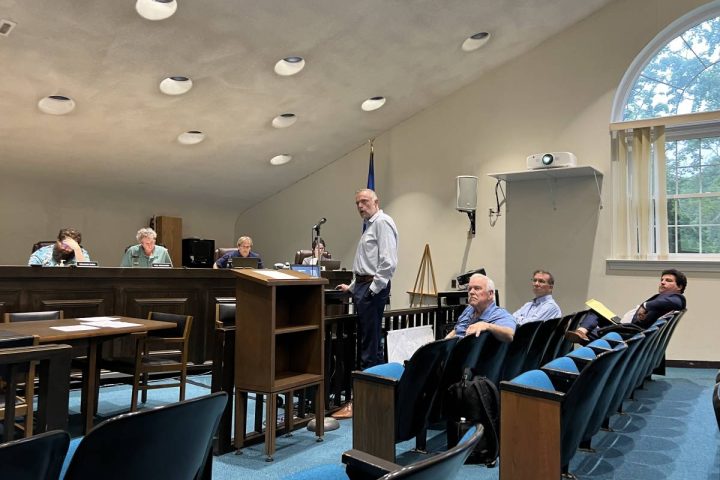MONROE, CT — Workforce Housing is a form of housing geared toward helping people, such as teachers and police officers, to be able to afford to live in the towns they work in. Unlike affordable housing under 8-30g, towns write their own regulations for Workforce Housing, outlining the details, such as where it can be built.
Affordable housing in Connecticut is for households who earn 60 to 80 percent of an area’s median income, and Workforce Housing is 60 to 120 percent.
James Amann, former House Speaker for the State Legislature, is now a consultant working with developer, Stephen Shapiro, in helping towns draft their own regulations.
Workforce Housing has strong support from Gov. Ned Lamont and the state budget currently has $400 million set aside for it, according Amann, who also said there is bipartisan support among state legislators.
Amann and Shapiro discussed Workforce Housing with the Monroe Planning and Zoning Commission’s regulations subcommittee on April 15 to see if the town is interested in the concept.
“We believe it’s a better alternative for towns, because at least you have control over it,” Amann said. “It’s housing built near transit — walking and bicycling to work.”
Shapiro said there’s no requirement for the housing to first go to teachers and police officers. “It’s really up to the town or whoever is doing the project to entice town employees,” he said.
“So this is a nicer term for affordable housing?” Commissioner Robert Westlund asked.
Connecticut requires all municipalities to have at least 10 percent of its housing stock meet the state definition of affordable housing. Shapiro said Workforce Housing will count toward that.
Chairman Michael O’Reilly noted how Monroe is well below the 10 percent minimum, adding it has been increasing slowly and the commission wants to move Monroe’s percentage up.
Shapiro said the housing could be restricted to routes 25 and 111, places where it makes sense.
“You’re controlling the density,” he said. “You need 15 acres or more in Monroe for density. You can lower it to an acre. If you get in front of it, you can control it, so it’s less dense for the town.”
Shapiro said the intent is to make Workforce Housing appropriate for each individual community. “Nobody thinks this is New Haven and Stamford,” he said of Monroe. “I’m from Easton. I understand.”
Planning and Zoning Administrator Kathleen Gallagher told the committee First Selectman Terry Rooney will support whatever they decide.
Commissioners serving on the subcommittee agreed to have Shapiro and Amann draft a regulation to present to them.
All respectful comments with the commenter’s first and last name are welcome.






